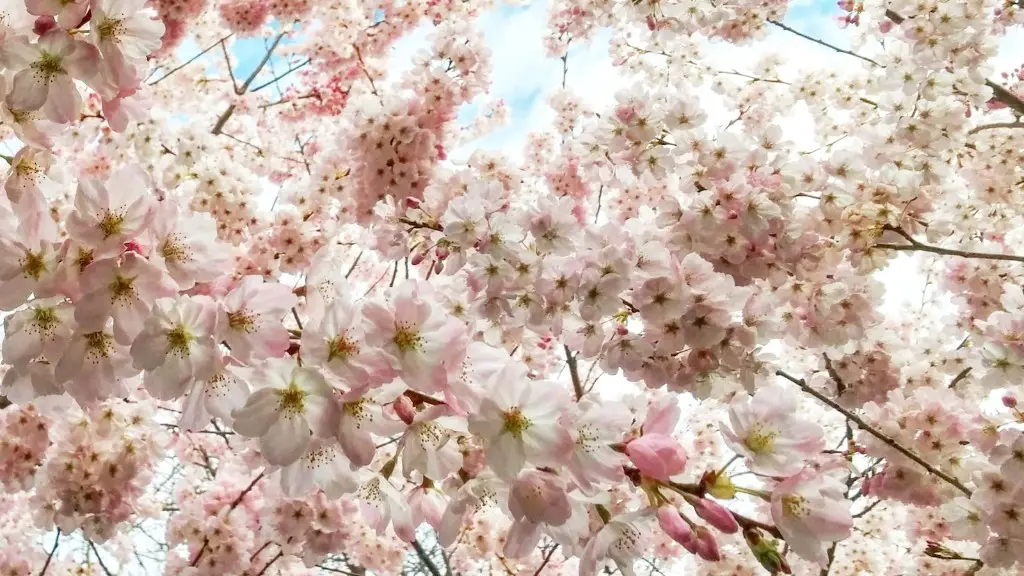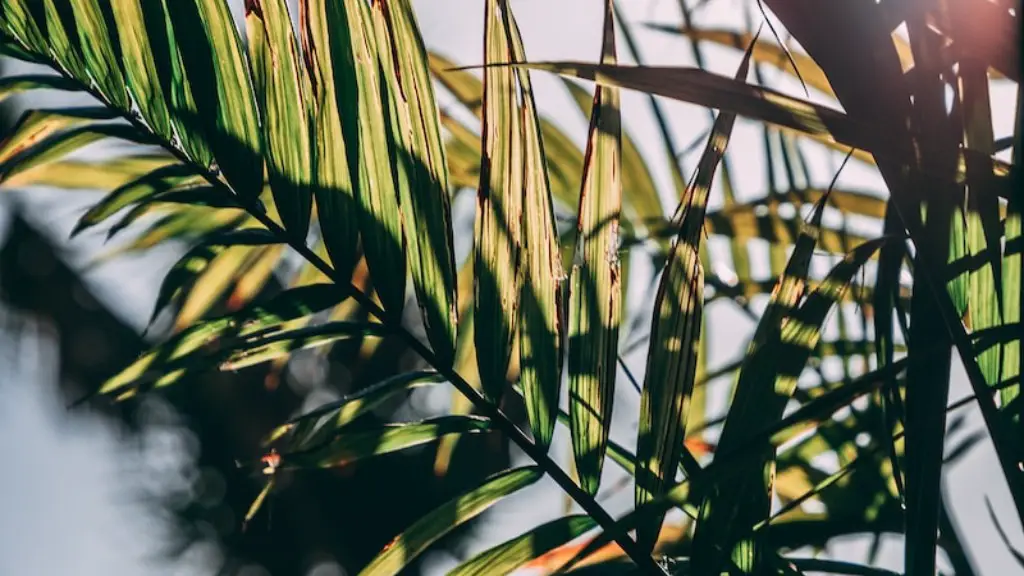Cherry trees have long been a popular addition to gardens and yards in many parts of the world, especially in countries in the northern hemisphere. Transplanting a cherry tree in the fall is a great way to ensure that the tree thrives and produces fruit for years to come. But, is it really possible to transplant a cherry tree in the fall?
The answer to this question is, yes, it is possible to transplant a cherry tree in the fall. In fact, it is the best time to do so, as the cooler temperatures allow for a gentle transition for the tree. There are several key steps that should be taken when transplanting a cherry tree in the fall. First, it is important to select a healthy, vigorous tree with a good root system. The tree should have good color and have no signs of disease or damage. Once the tree has been selected, it is important to determine the best location for the tree and prepare the soil in advance. The soil should be enriched with organic matter, such as compost or manure, to give the tree plenty of nutrients.
When transplanting a cherry tree in the fall, it is also important to prune it correctly. Pruning helps to reduce stress on the tree, allowing it to better adjust to its new environment. It is also important to carefully dig around the root system to preserve as many of the roots as possible. Once the tree has been dug out, the hole should be filled with soil, and the tree should be carefully positioned in the hole.
Once the tree is in place, it is important to water the tree regularly to ensure it receives the moisture it needs to grow and thrive. Organic fertilizers or mulch can also be added to the soil to provide additional nutrients. If possible, shade cloth or a tarp should be placed over the tree during the coldest months to provide additional protection. The tree should also be monitored for signs of pest damage, disease, or wilting.
In short, it is possible to transplant a cherry tree in the fall if the above steps are followed correctly. It is also important to note that transplanting a cherry tree is a fairly complex process, and it is best to consult with a professional arborist or nursery if the task seems too daunting. With proper care and attention to detail, it is possible for the tree to thrive and produce delicious fruit for many years to come.
Choosing the Right Tree
When it comes to transplanting a cherry tree, it is vital to select the right tree. It is important to look for signs of health and vigor when selecting a tree. Look for a tree with solid, healthy branches and good color. Also look out for signs of disease or damage to the tree, as this could cause problems with the transplant. Careful consideration should also be given to the location of the tree and what kind of environment the tree will be growing in.
It is also important to take into consideration the soil in the area where the tree will be planted. The soil should be tested to determine its pH and nutrient levels. The soil should also be amended with organic matter such as compost or manure if necessary. Once the appropriate soil conditions are established, the tree can be safely and successfully transplanted.
Preparing the Tree
Before the tree is transplanted, it is important to prepare it for the process. Pruning should be done to reduce stress on the tree. Pruning helps to ensure that the tree can adjust to its new environment with as little stress as possible. It is also important to carefully dig the tree out of the original soil and make sure to preserve as many of the roots as possible. Once the tree has been excavated, the new hole should be filled with soil and the tree should be carefully placed in the hole.
Caring for the Tree
Once the tree has been transplanted, it is important to properly care for it. The tree should be watered regularly and should be given organic fertilizer if necessary. Shade cloth or tarps can be used to protect the tree during colder months. It is also important to monitor the tree for signs of pest damage, disease, or wilting. If any of these signs are present, it is important to address the issue as soon as possible.
Using a Professional Arborist
Transplanting a cherry tree can be a complex process, and it is best to seek out professional help if the task seems too daunting. Professional arborists can help to ensure that the tree is transplanted correctly and can provide advice on best practices for caring for the tree. It is important to find a reputable arborist who is familiar with the particular species of tree you are transplanting and who can provide helpful advice and guidance.
Taking the Time for Proper Planning
Transplanting a cherry tree is a great way to ensure that the tree thrives and produces plenty of delicious fruit. However, it is important to take the time to properly plan for the process. Consider factors such as the type of soil, the location of the tree, and how to best care for the tree. Additionally, professional help should be sought if necessary. By taking the time to properly plan and prepare, it is possible to ensure that the tree is properly transplanted and can produce fruit for years to come.
Protecting the Tree During the Transition
Transplanting a cherry tree in the fall can provide the tree with the best chance of success. However, it is important to make sure the tree is properly protected during the transition. If possible, it is best to cover the tree with a shade cloth or tarp, particularly during the coldest months. This can prevent the tree from being impacted by extreme temperatures that could otherwise cause irreversible damage.
Providing Nutrients and Water
It is important to provide the tree with adequate nutrients and water to ensure it can adapt to the new environment and thrive. Organic fertilizers or mulch can be added to the soil to provide additional nutrients. Additionally, the tree should be watered regularly, especially in the early stages. This will help to promote healthy root establishment and will give the tree the best chance of success.



